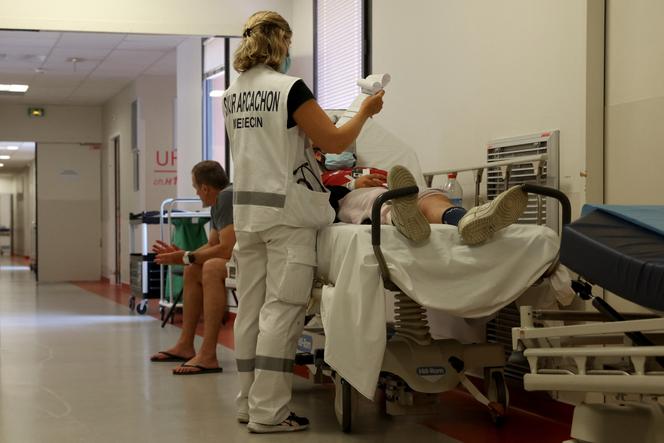


The milestone had already been reached among hospital practitioners several years ago, but now it applies to the entire medical profession: For the first time, in 2025, the number of women doctors slightly exceeded that of men, according to data from the Directorate for Research, Studies, Evaluation and Statistics (DREES) on the demographics of healthcare professionals, published on Monday, July 28.
As of January 1, there were 237,214 practicing doctors, including 118,957 women (up from 115,635 a year earlier) and 118,257 men (117,781 a year earlier). The proportion of women was higher among general practitioners (52.4%) than among specialists (48.5%).
While medical deserts – areas lacking adequate medical coverage – have worsened in many regions, the statistical snapshot shows that the number of doctors − both general practitioners and specialists − has continued its slow increase. This may seem counterintuitive in a context where access to care has deteriorated and regional inequalities have deepened. However, it reflects a long-term trend: Since January 1, 2012, according to DREES, the number of doctors increased by 9.9%, driven by both a "growing number of doctors trained abroad" (11% as of January 1, 2025, compared with 7% in 2012) and by the "entry into practice" of generations that benefited from an increase in medical school spots (the numerus clausus), which rose sharply between 2000 and 2020. This trend is expected to continue: The reform of the numerus clausus, replaced in 2020 by the numerus apertus (now set at the university level), has led to an increase in class sizes.
You have 66.57% of this article left to read. The rest is for subscribers only.
